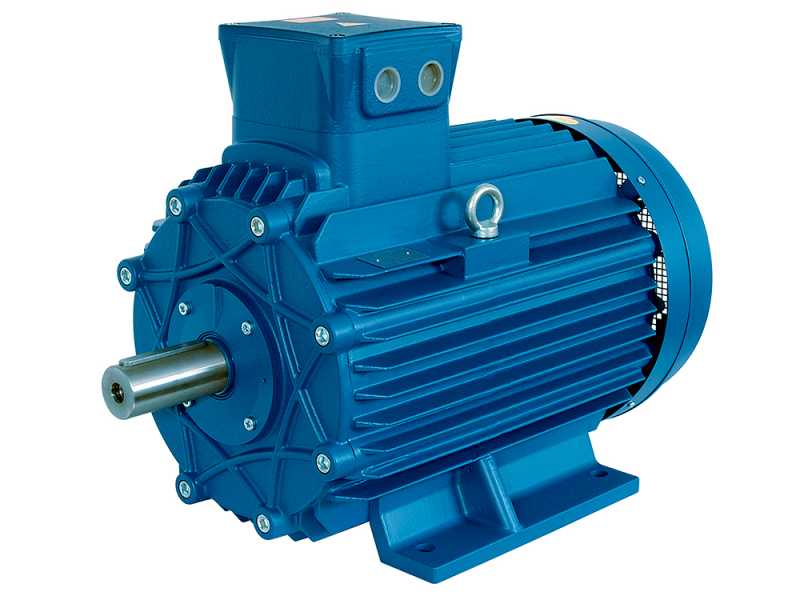

G-quadruplexes (G4) are nucleic acids (NA) secondary structures that may form when four stretches of successive guanines appear consecutively along the primary sequence. We discuss how this switching behavior may explain several aspects of Pif1 substrate preference and affect its activity as a G4 resolvase in vivo. We propose that the efficiency of Pif1 to remove a roadblock (G4 or other) is affected by its strand switching behavior and depends on the context surrounding the obstacle. This behavior is also detected in the presence of other roadblocks (LNA or RNA).

However, we observe that in the presence of a G4, Pif1 exhibits a strong strand switching behavior, which can lead to Pif1 escaping G4 resolution, depending on the structural context surrounding the substrate. In support of former enzymological studies, we show that the helicase reduces the lifetime of G4 from hours to seconds. Here we developed a single-molecule assay to observe Pif1 opening a DNA duplex and resolving the G4 in real time. Among the enzymes thought to process these structures, the Pif1 DNA helicase is considered as an archetypical G4-resolvase and its absence has been linked to G4-related genomic instabilities in yeast. G-rich sequences found at multiple sites throughout all genomes may form secondary structures called G-quadruplexes (G4), which act as roadblocks for molecular motors.


 0 kommentar(er)
0 kommentar(er)
